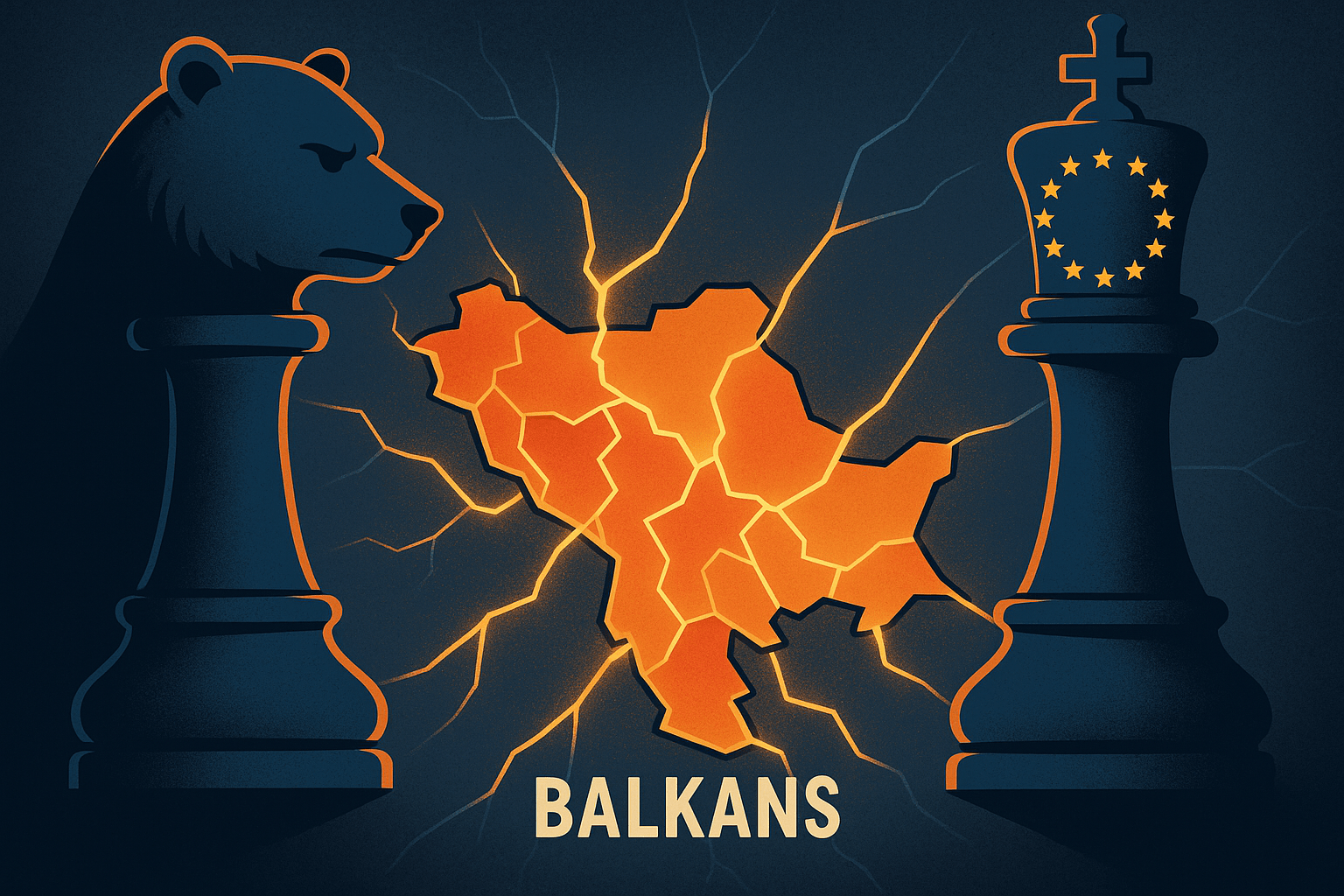Have you ever looked at a map of a region and felt instinctively that it’s… complicated? You see a dizzying patchwork of small countries, winding borders that defy logic, and you just know there’s a turbulent history simmering beneath the surface. This isn’t just your imagination; you’re likely looking at what geographers and political scientists call a “shatterbelt.”
It’s a term that sounds dramatic, and for good reason. Coined by American geographer Saul Cohen, a shatterbelt is a region of the world that is geographically and culturally caught between two or more larger, competing, and often hostile external powers. Think of it like a pane of glass positioned between two closing doors. The pressure from both sides doesn’t just push the glass; it shatters it into a complex mosaic of sharp, fragmented pieces. These regions are zones of chronic instability, where global power struggles play out on a local, and often tragic, scale.
What Makes a Shatterbelt?
While every region is unique, shatterbelts share a few key characteristics:
- Strategic Location: They are often crossroads of trade, culture, or military movement, making them valuable real estate for empires and superpowers.
- Internal Diversity: Shatterbelts are typically home to a complex mix of ethnicities, religions, and languages. These internal divisions can be exploited by outside forces.
- A History of Competition: For centuries, larger powers have vied for control and influence over the region, often supporting different local groups against each other.
- Persistent Instability: The result is a history marked by conflict, shifting alliances, and borders that are constantly being redrawn.
The Quintessential Shatterbelt: A Journey to the Balkans
If you want to understand the concept of a shatterbelt, there is no better case study than the Balkan Peninsula in Southeast Europe. The very term for political fragmentation—Balkanization—is named after it. This region, encompassing countries like Serbia, Croatia, Bosnia and Herzegovina, Montenegro, and Albania, is the textbook definition of a geographical and political pressure cooker.
Geography as Destiny? The Balkan Landscape
First, look at the physical map. The Balkans are dominated by rugged mountains, most notably the Dinaric Alps and the Balkan Mountains. This terrain is crucial. For centuries, these mountains acted as barriers, isolating communities and allowing distinct cultural, linguistic, and religious identities to develop in close proximity. A village in one valley could have a completely different faith and dialect than a village just over the ridge.
At the same time, the peninsula is a strategic bridge between Europe and Asia. Its stunning Adriatic coastline and major rivers like the Danube have made it a vital corridor for trade, migration, and invasion throughout history. This combination of internal isolation and external accessibility is a recipe for a shatterbelt.
A Mosaic of Peoples: Human Geography
The human geography of the Balkans is a direct result of its physical landscape and history. It is one of the most culturally diverse corners of Europe.
- Language: Most of the region speaks South Slavic languages (like Serbian, Croatian, and Bosnian), but they are often written in different alphabets (Latin vs. Cyrillic) and are deeply tied to national identity. Add to this non-Slavic languages like Albanian, Greek, and Romanian, and you have a complex linguistic tapestry.
- Religion: The Balkans are a major fault line between three of the world’s great religious traditions. This is a legacy of the empires that fought over it.
- Roman Catholicism spread from the west, promoted by the Austro-Hungarian Empire and the Venetian Republic (strong in Croatia and Slovenia).
- Eastern Orthodoxy came from the east, tied to the Byzantine and later the Russian Empires (dominant in Serbia, Montenegro, and North Macedonia).
- Islam was introduced by centuries of rule under the Ottoman Empire (prevalent in Bosnia and Herzegovina, Albania, and Kosovo).
These religious and linguistic lines rarely match up perfectly with modern national borders, creating a source of enduring tension.
Caught in the Middle: The Colliding Empires
The “shatter” in shatterbelt comes from the external pressure. For over 500 years, the Balkans were the primary battleground between three colossal empires:
- The Ottoman Empire pushing up from the southeast.
- The Austro-Hungarian Empire pushing down from the northwest.
- The Russian Empire asserting influence from the northeast, styling itself as the protector of the Slavic and Orthodox peoples.
These powers carved up the region, pitted local groups against one another, and left behind a legacy of rivalry. The 1914 assassination of Austro-Hungarian Archduke Franz Ferdinand in Sarajevo—the event that triggered World War I—was the ultimate shatterbelt moment. A Serbian nationalist’s act in a city under Austro-Hungarian control, with deep Ottoman history, drew all of Europe’s great powers into a catastrophic conflict.
Even after the age of empires, the pressure continued. During the Cold War, Yugoslavia, under Tito, skillfully played the East and West against each other. But after his death and the collapse of the Soviet Union, the external pressures vanished, and the internal fractures, so long suppressed, burst open in the devastating Yugoslav Wars of the 1990s. The region shattered once again.
Are There Other Shatterbelts?
The Balkans may be the classic example, but the concept applies elsewhere. The Caucasus region, squeezed between Russia, Turkey, and Iran, is another clear shatterbelt, with its own combustible mix of ethnicities and unresolved conflicts in places like Georgia, Armenia, and Azerbaijan.
During the Cold War, Southeast Asia (especially Vietnam, Cambodia, and Laos) acted as a shatterbelt, caught in the ideological struggle between the United States, the Soviet Union, and China.
More Than Just a Map Term
Understanding the concept of a shatterbelt is more than just learning a piece of geopolitical trivia. It’s a powerful lens for viewing world history and current events. It reminds us that geography is not just a backdrop for human history; it is an active participant. The mountains, rivers, and strategic location of a place can profoundly shape the destiny of its people, especially when they have the “misfortune” of living at the crossroads of empires.
